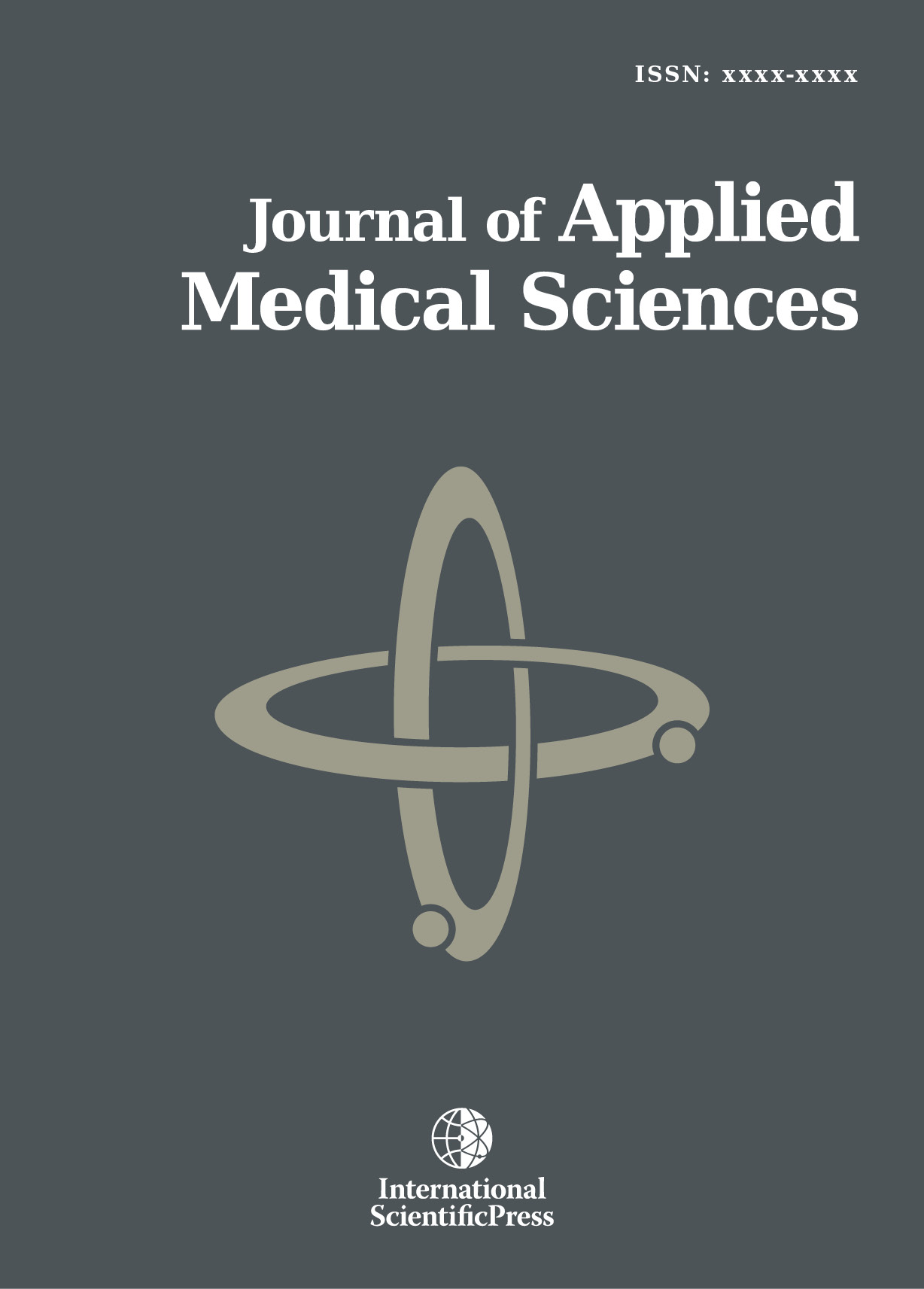Journal of Applied Medical Sciences
Electron Microscopy Investigation of Urine Stones suggests how to prevent Post-operation Septic Complications in Nephrolithiasis
-
 [ Download ]
[ Download ]
- Times downloaded: 10661
-
Abstract
This research was conducted on renal concretions from patients suffering from nephrolithiasis, a pathology caused by the presence of kidney stones. This disease provokes inflammation of the interested area, pain and functional alterations of the organ. Microorganisms play a leading role in stones formation being at the base of septic complications. Urease producing microorganisms (Escherichia coli among them) are typical microorganisms participating in stones formation. Scanning Electron Microscope (SEM) and Focused Ion Beam/Scanning Electron Microscope (FIB/SEM) techniques show that microorganisms remain in renal calculi for a long time and produce biofilm, a mucoid matrix with several physiochemical microenvironments in which bacteria act as a community. Bacteria, organized in microcolonies within the biofilm, cause infectious processes and provoke commissures formations, which fix stones to kidneys. Electron microscopy observation of stones from patients suffering from nephrolithiasis who underwent surgery or lithotripsy shows the presence of collagen fibers on the concrements. This suggests that it is required a proper surgical methodology for calculi removal, in order to prevent the infection from spreading and to avoid a relapse of nephrolithiasis.
